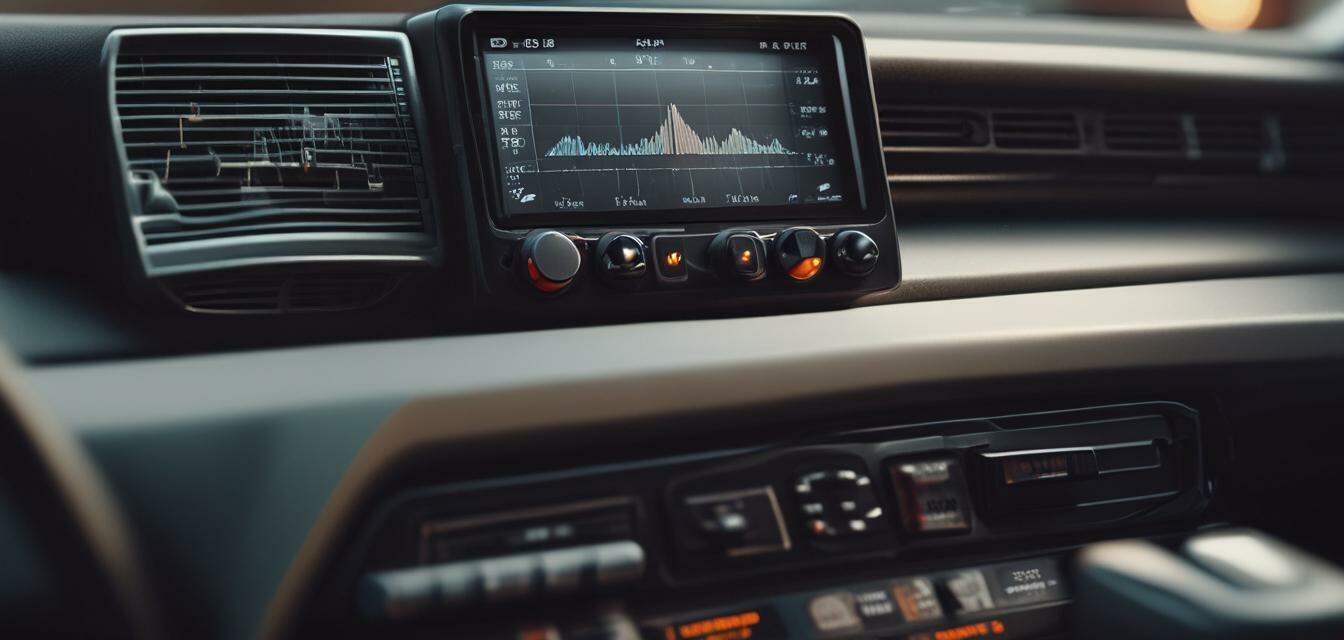
Maximizing Your Police Scanner Experience
Key Takeaways
- Understand the features and functions of your police scanner.
- Learn the various types of frequencies and channels available.
- Utilize accessories to enhance reception and usability.
- Regular maintenance ensures optimal performance.
- Stay updated on local laws regarding scanner usage.
Police scanners can be a valuable tool for those looking to stay informed about local law enforcement activities. Whether you are a public safety enthusiast, a dedicated citizen, or simply curious about what's happening in your neighborhood, understanding how to maximize your police scanner experience is essential. In this guide, we will share practical tips and tricks to enhance the functionality and effectiveness of your police scanner, ensuring you get the most out of your device.
Understanding Your Police Scanner
The first step in maximizing the use of your police scanner is to understand its features and functions. Most models come with various capabilities, including:
- Analog and digital frequency reception
- Programmable memory channels
- Customizable alert settings
- Scan speed adjustments
Choosing the Right Frequencies and Channels
Each police scanner operates on different frequencies, and comprehending these signals is crucial. Here’s how to navigate them:
| Frequency Type | Description |
|---|---|
| VHF (Very High Frequency) | Commonly used by local law enforcement and emergency services. |
| UHF (Ultra High Frequency) | Suitable for urban areas with a higher population density. |
| Digital | Used for trunked systems to improve clarity and reduce congestion. |
It's advisable to check your local public safety communication channels to find the right frequencies to program into your device.
Importance of Accessories
Using accessories can significantly enhance the performance of your police scanner. Consider the following:
- External Antennas: Improve your scanner's reception capabilities.
- Battery Packs: Ensure long-term use during events or emergencies.
- Car Chargers: Keep your scanner powered while on the move.
- Protective Cases: Keep your scanner safe from damage during travel.
Regular Maintenance Tips
To ensure your police scanner remains in optimal condition, consider adopting these maintenance practices:
- Keep the scanner clean and dust-free.
- Check and replace batteries regularly.
- Update the firmware as needed to enhance functionality.
- Store the scanner in a temperature-controlled environment.
Staying Informed About Local Scanner Laws
Always stay updated on local laws regarding the usage of police scanners. Some regions have specific regulations about where and how they can be used. Review your area's laws to avoid any legal complications.
Common Challenges with Police Scanners
Tips for Overcoming Challenges
- Interference: Ensure other electronic devices are not causing interference. Use quality coaxial cables for antennas.
- Range Limitations: Consider a more powerful scanner for wider coverage.
- Complicated Settings: Refer to the user manual for troubleshooting features.
Conclusion
By understanding the features of your police scanner, selecting appropriate frequencies, utilizing accessories, performing maintenance, and following the local laws, you can enhance your listening experience significantly. Getting the most out of your police scanner requires a little effort and attention to detail, but the rewards are worth it. For more insights, consider visiting our section on Tips and Tricks for first-time users or check out our selection of police scanners for the latest models.
Pros
- Provides real-time information on public safety events.
- Enhances personal security awareness.
- Can be an excellent tool for emergency preparedness.
- Offers a unique perspective into community activities.
Cons
- Potential legal restrictions based on your location.
- Can be complicated to set up without prior experience.
- May require additional accessories for optimal performance.
- Reception issues can occur in rural areas.
